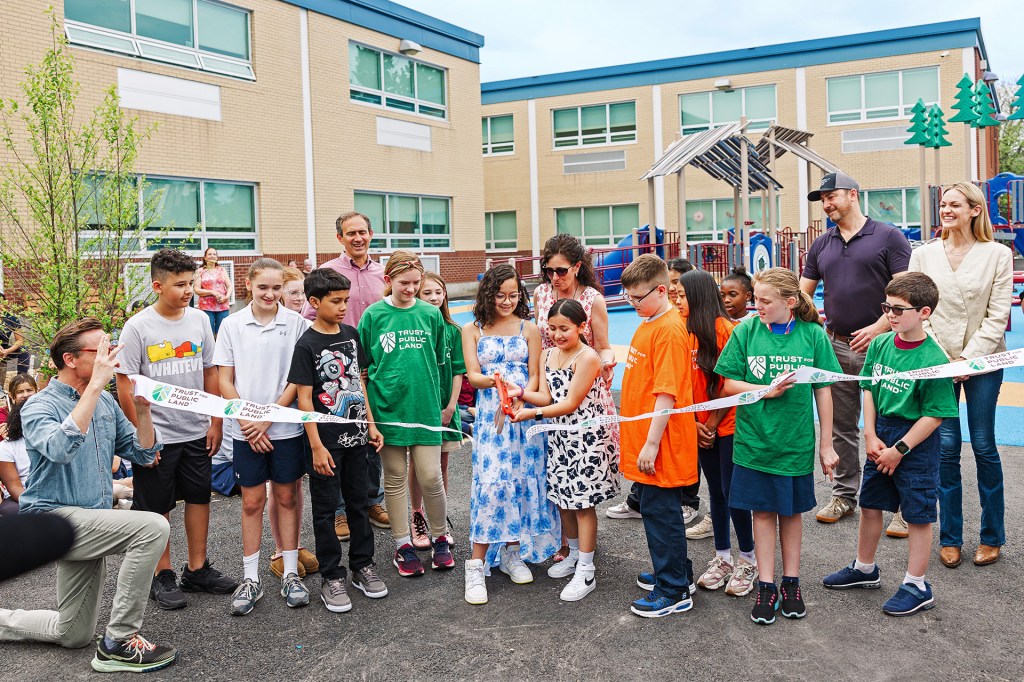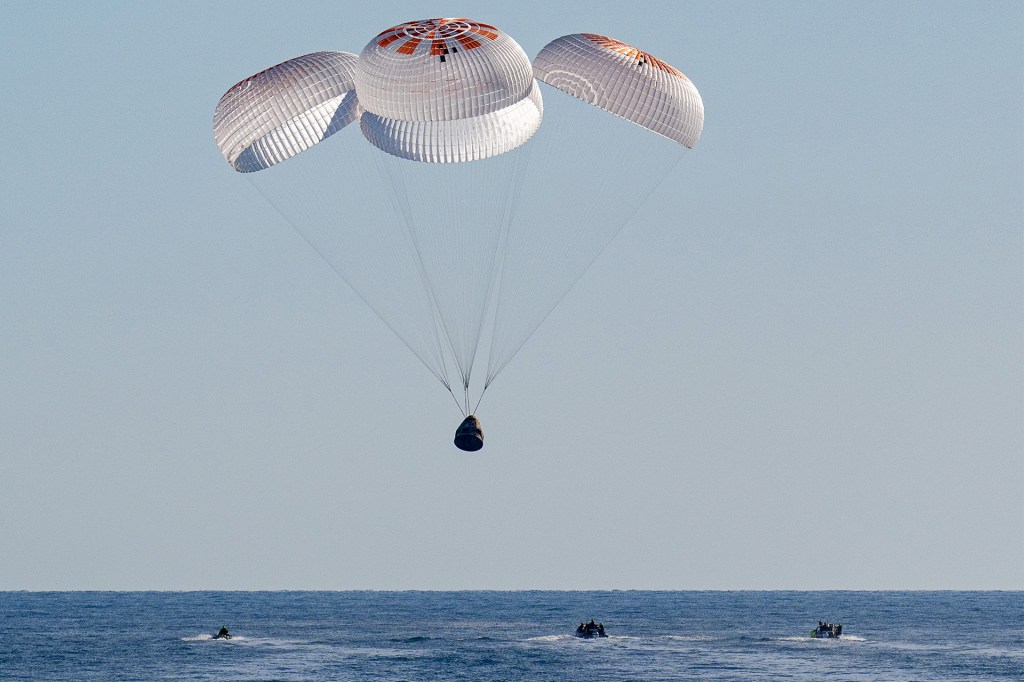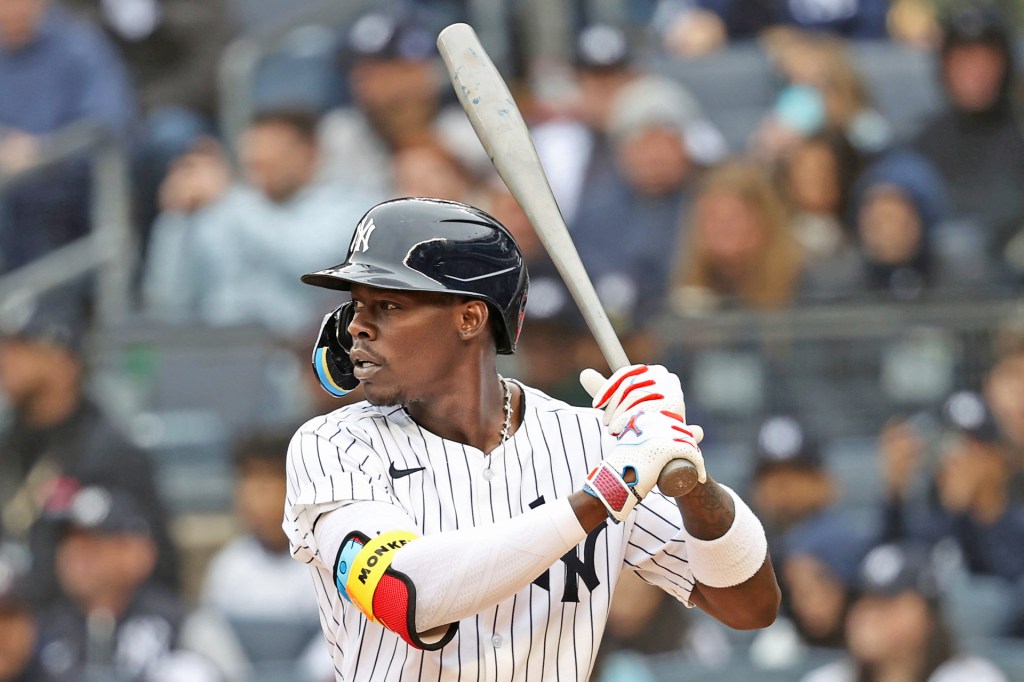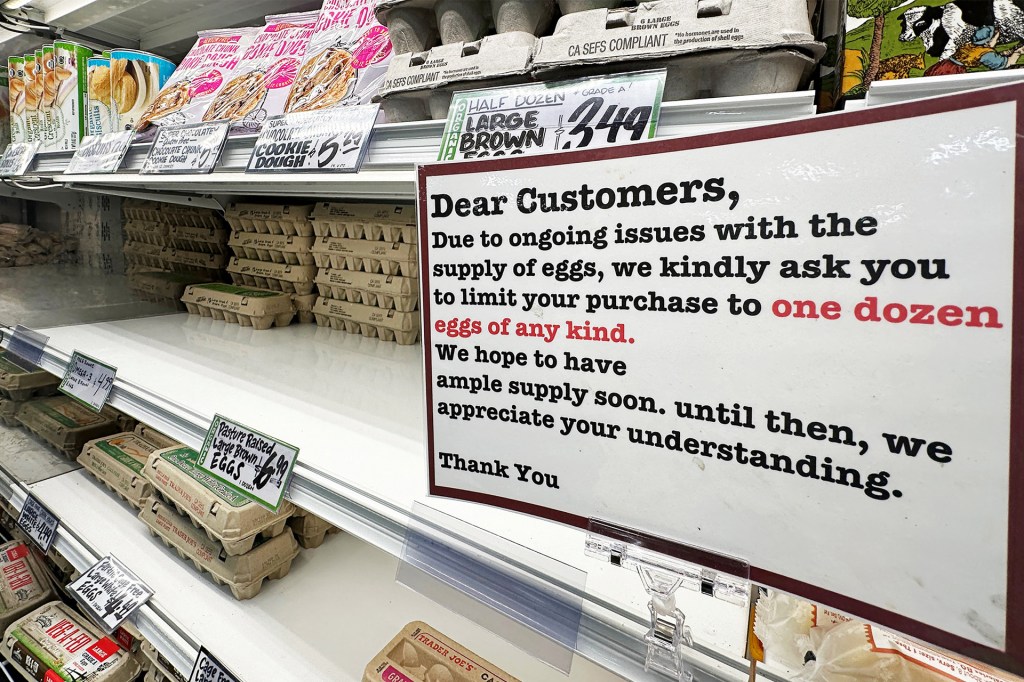Fact Check
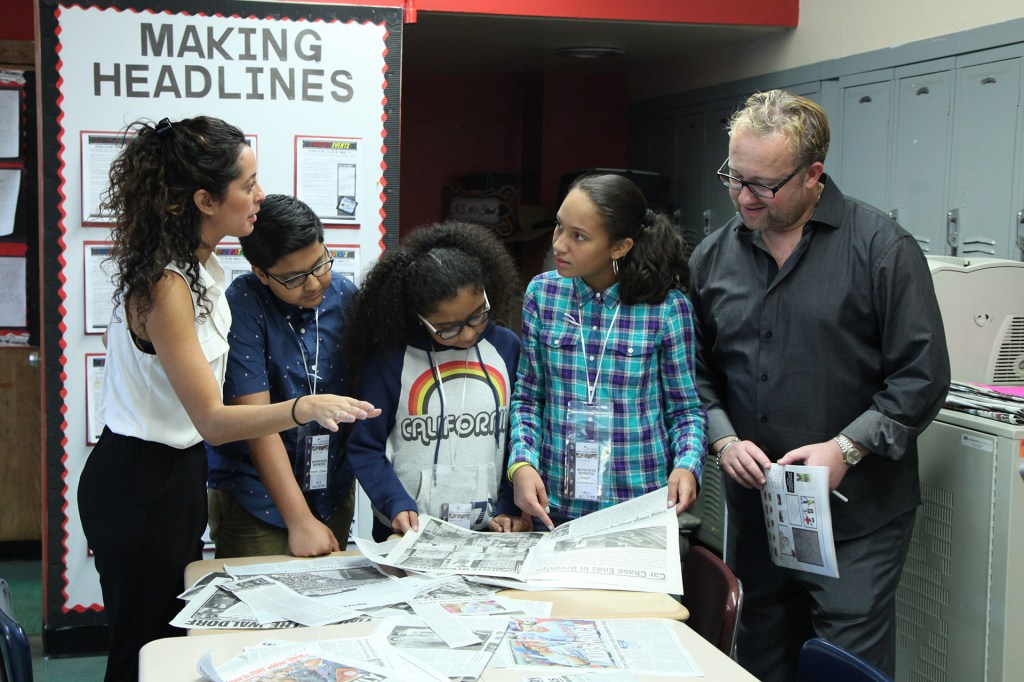
News literacy programs help kids tell the difference between fact and fiction.
Khadija Qanoongo, 12, used to believe everything she read online. Then she took a news literacy class. She found that many stories are fake. “Now I’m very careful when I read news on the Internet,” Khadija says.
Khadija goes to school in New York City. Marisol Solano is her teacher. “News literacy is really about trying to get to the truth,” Solano says.
Angel Gonzalez also teaches news literacy in New York. He tells kids to pay attention to where news comes from. “We’re only as good as the information we consume
consume
 GETTY IMAGES
to use
( )
Cars consume gas in order to run.
,” he says.
GETTY IMAGES
to use
( )
Cars consume gas in order to run.
,” he says.
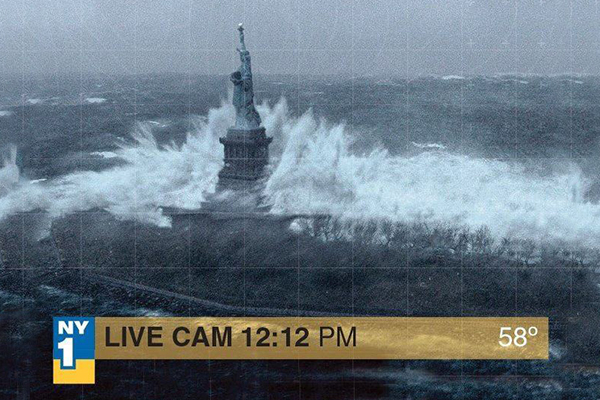
After a storm hits New York, this fake photo appears online. It is a scene from a movie.
TWITTERThe News Literacy Project works with students across the country. Alan Miller started it. He used to be a reporter. He says anyone can post on social media. But an article must meet a higher standard to be in a newspaper. “All information is not created equal,” he says.
Think!
Khadija is careful when reading news on the Internet. Why?





